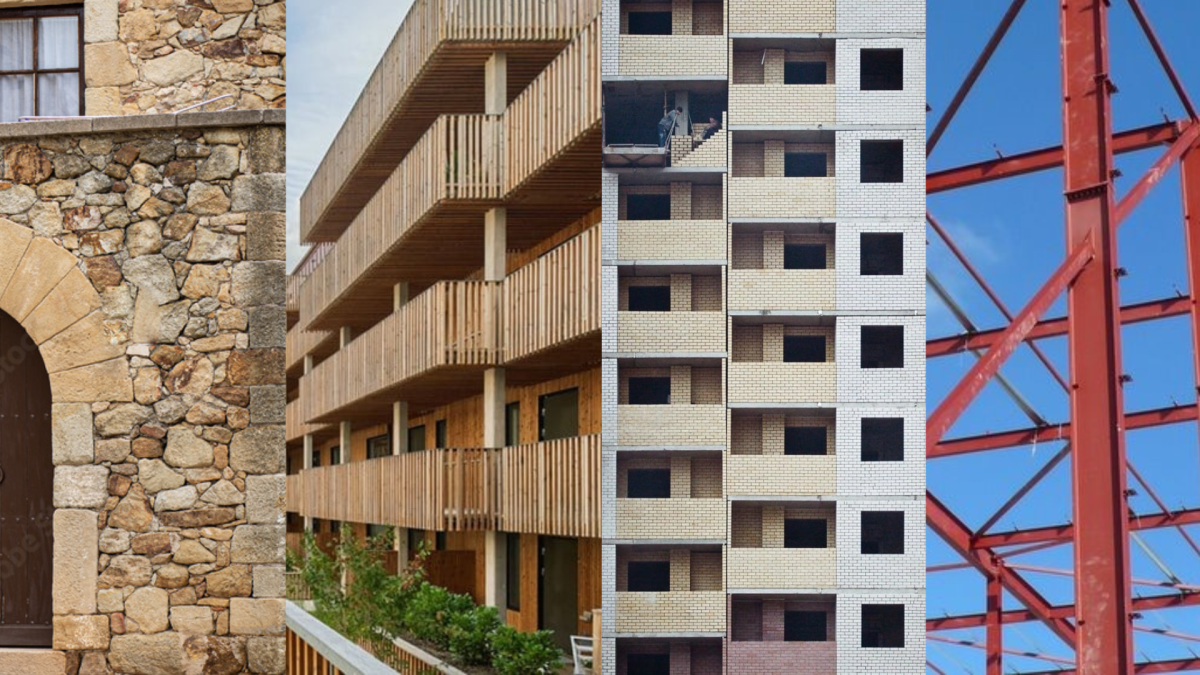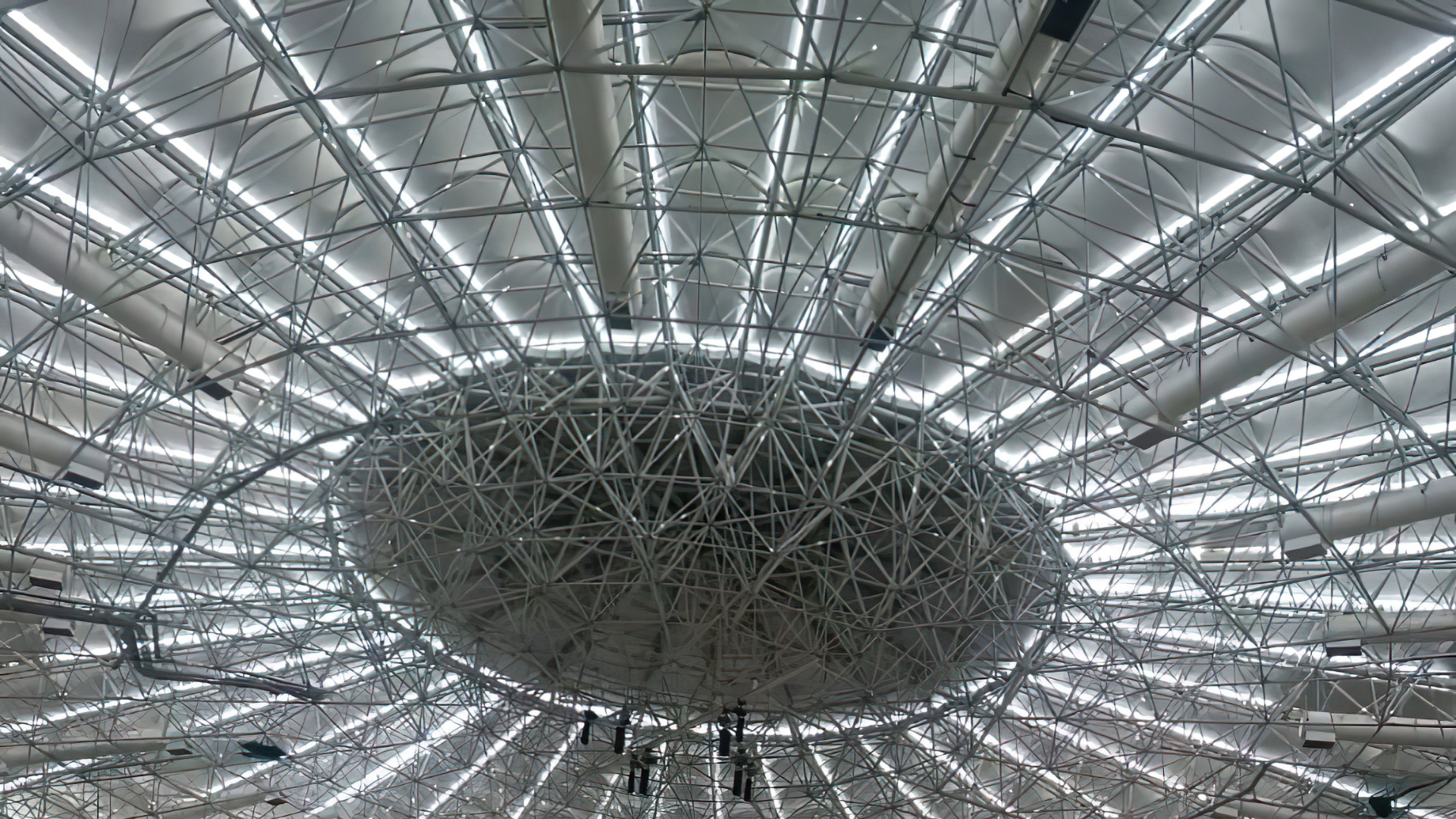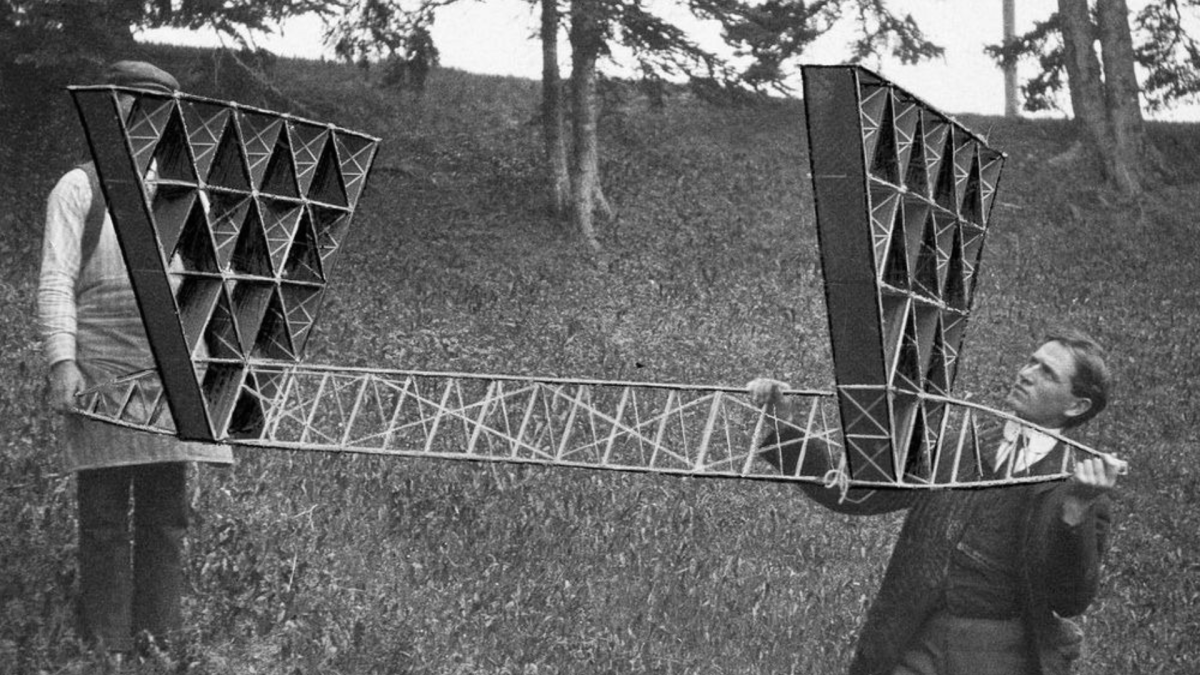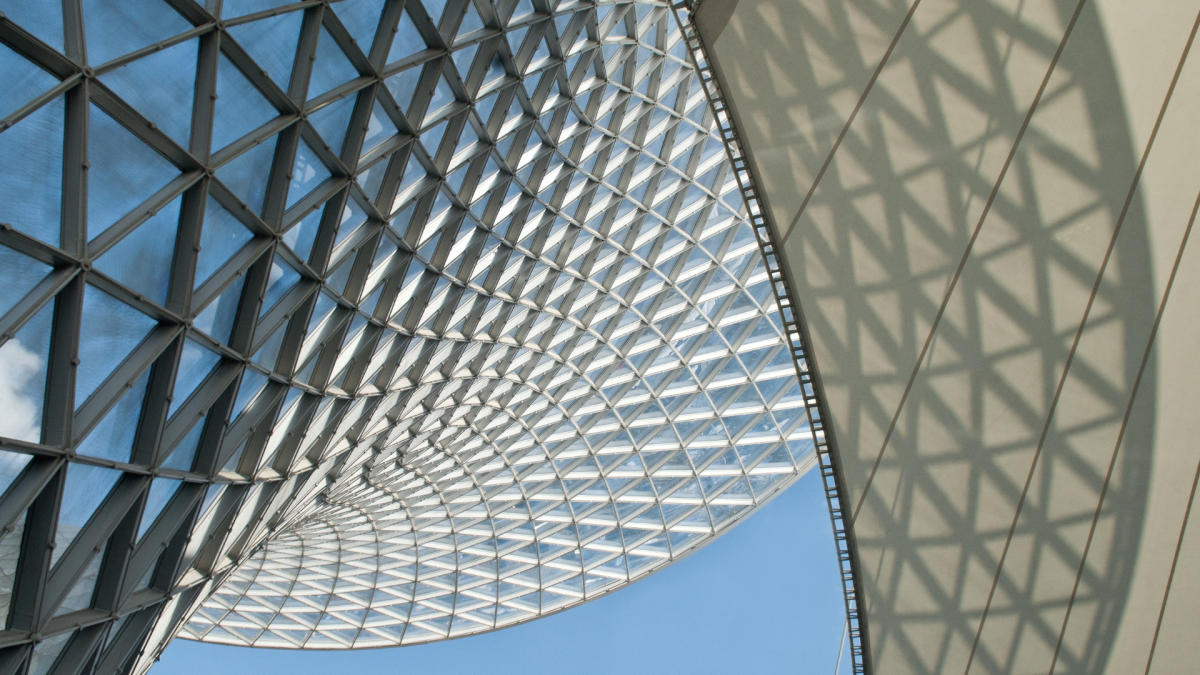Earthquake and Space Frame Systems

An Earthquake – A Natural Disaster to Be Taken Seriously
Earthquakes are one of the most devastating natural disasters in human history. Throughout history, architects and engineers have developed solutions to bolster the seismic resistance of buildings and minimize the impact of earthquakes. Nowadays, people residing in areas with high earthquake risk are increasingly knowledgeable and mindful about taking appropriate safety measures. Turkey is among the world’s most earthquake-prone regions, along with Japan, Indonesia, China, the Philippines, Iran, Peru, the USA, Italy, and Mexico. More than 90% of Turkey’s population lives in areas that are at risk of earthquakes. Given Anatolia’s history of earthquakes, this issue should be a top priority. We can learn from past experiences and take necessary precautions to safeguard our local culture and prevent the disastrous consequences of earthquakes, including retrofitting historic buildings.
Earthquake and Building Methods

Stone Structures
Stone buildings are known for their durability. However, in earthquake-prone areas, they can be seriously damaged. To make stone structures more resistant to earthquakes, it is necessary to properly prepare the foundation and ground, fill in cracks and gaps, strengthen joints, add parts to provide additional durability, and reinforce weak points in the structure without compromising its integrity.
Wooden Structures
Wood is an eco-friendly and renewable resource due to its natural properties. Wooden buildings are more resilient to earthquakes when compared to other structures, as wood is a lightweight, flexible, and natural material that effectively absorbs and dissipates energy during seismological events, leading to less damage.
Reinforced Concrete Structures
Reinforced concrete is a highly popular building system, particularly in our country. When utilized properly, it is an effective method for constructing earthquake-resistant buildings. Furthermore, the use of specially designed insulators significantly enhances resistance, effectively preventing damage to buildings.
Steel Structures
Steel structures are known to be highly resistant to earthquakes due to their numerous advantages. These include quick erection, recyclability, environmental sustainability, short construction periods, great strength, and flexibility during seismic events. They are also effective in minimizing structural damage.
Space Frame Systems

Space frame systems are designed to prevent catastrophic damage by distributing the energy from earthquakes throughout the building, rather than concentrating it in a single area. One of the key advantages of space frame structures is that they can be spread over large areas, which means they require much less interior load-bearing compared to conventional structural systems. This lightweight and strong technology is composed of interconnected components that allow architects and engineers to design structures capable of withstanding earthquakes of different magnitudes and exhibiting high resistance to seismic activity. In this article, we will explore the seismic behavior of space frame structures while maintaining a professional but not overly formal tone.
Earthquake-Resistant Structures and Technology

Using computer-aided modeling and analysis technologies can help increase the earthquake resistance of structures by allowing for pre-simulation of their behavior during earthquakes. The calculation of earthquake loads is crucial in designing space frame structures. In the construction industry, widely used computer programs for designing earthquake-resistant structures include STAAD, SAP2000, ETABS, and RISA-3D. These programs offer significant advantages such as accuracy, speed, flexibility, and visualization. Advanced mathematical models and algorithms can simulate the behavior of structures during earthquakes, allowing for more precise calculations. Furthermore, these programs can save time and reduce costs by making calculations faster than traditional methods. They offer more flexibility in the design process, allowing engineers to make changes and recalculate earthquake loads. Visualization tools help engineers simulate the effects of an earthquake and identify potential problem areas.
What are Space Frame Systems?

It may be surprising, but Alexander Graham Bell is credited with the development of space frame systems. In the years spanning from 1898 to 1908, Bell focused on space frames using tetrahedral geometry. His goal was to create rigid frames for naval and aeronautical engineering. Later, Max Mengeringhausen, Stéphane de Chateau, Buckminster Fuller, and others popularized these systems for architecture.
Space frame systems are defined as frame-like structures in which interconnected rods are arranged geometrically. These systems are composed of two main components: tubular bars and solid spheres. All joints are articulated to prevent moment transfer. The core principle of the space frame is that the elements operate only against axial pressure and tension. Space frame systems come in different structural systems such as curvature classification, space plane covers, barrel vaults, spherical domes, and other compound curves. Classification according to the arrangement of its elements results in structures such as single-layer grid, double-layer grid, and three-layer grid. Other examples of space frames are pleated metallic structures, hanging hatches, and pneumatic structures.
Space Frame Systems and Earthquake Resistance

Space frame systems have a variety of applications, including commercial and industrial buildings, conference halls, exhibition centers, stadiums and sports halls, shopping malls, museums and event spaces, warehouses, and airports. (In our previous blog post, we examined the application areas of space frame systems in detail.) Because earthquakes can strike unexpectedly, engineers, investors, and users of these places are all concerned with the safe design of places such as airports, gymnasiums, and event spaces with space frame systems.
Especially for places with heavy traffic and large areas, space frame systems should be favored, and earthquake-resistant designs should be supported. For instance, structures such as airports and terminals must be constructed to withstand earthquakes since they have to ensure the safety of a large number of people during an earthquake. Additionally, since they are the primary arteries that provide transportation to disaster areas after an earthquake, their survival and transportation to the region is an important factor that affects the post-disaster process in terms of disaster crisis management. The modularity of space frame systems also makes them ideal for temporary structures in disaster-prone areas. They can be easily assembled and dismantled, enabling them to be quickly erected to provide shelter and support when it is needed most in an emergency. Furthermore, space frame structures can be designed to be aesthetically pleasing, producing buildings that are both functional and able to withstand seismic activity.
Seismic Resistance of Space Frame Systems
Space frame systems offer several advantages, such as strength, low transportation and installation costs, modularity, and seismic resistance. However, achieving seismic resistance requires careful design and engineering. During an earthquake, structures are subjected to forces in different directions as the ground moves rapidly. Space frame systems ensure that earthquake loads are evenly distributed throughout the structure, allowing it to withstand the lateral and vertical forces generated during an earthquake. The joints must be movable, and the bars must withstand tension and compression. Materials used must be strong enough to withstand the forces during an earthquake and at the same time flexible. Steel and aluminum are commonly used materials because of their strength and flexibility.
Studies have shown that space frame systems perform well in earthquakes due to their light weight, suitable geometry to absorb earthquake loads, and strength. Moreover, space frame structures have a unique design that makes them more durable than conventional structures, making them an excellent choice for earthquake-resistant buildings.

